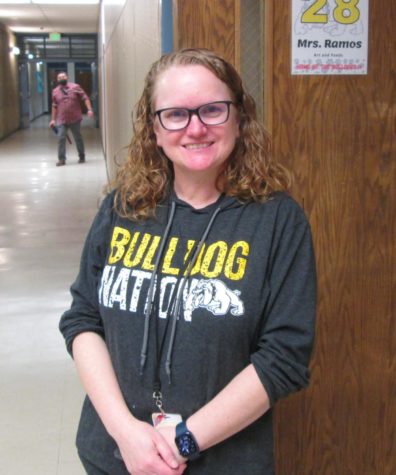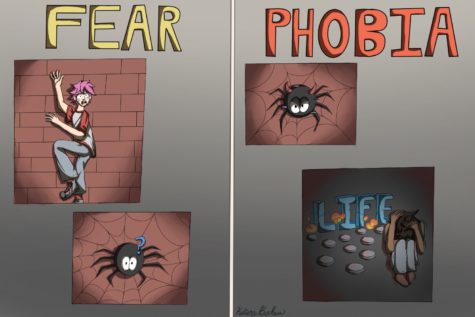The History of Thanksgiving
Many didn’t know back on the first Thanksgiving, it wasn’t all turkey in mashed potatoes, but instead a gory and bloody story.

The History of Thanksgiving
Though the holiday Thanksgiving is seen as a holiday for sharing blessings and respecting those who you are grateful for, and praying for a successful harvest for the winter, it has a pretty dark background, filled with blood and gore.
Many children, including me, were taught at a young age that the meaning behind Thanksgiving was because of Pilgrims who established the Plymouth Colony in 1620, Massachusetts. Or something along the lines of “The Great Feast,” where the Pilgrims and Native Americans made peace and decided to share a table to have a great feast to symbolize peace between each side. Though this is what many of us thought was the real meaning behind Thanksgiving, that isn’t nearly as close to what actually happened on November 25th, 1621.
This year marked the 400th anniversary of Thanksgiving, in other words, 400 years of atrocities and manslaughter committed against Native Americans and Indigenous tribes.
According to studies, the Pilgrims settled in Plymouth, Massachusetts due to a harsh storm that set them off course from the original plan of settling in Virginia.
On the actual day of Thanksgiving, while celebrating their landing in Plymouth, the Pilgrims fired cannons and guns into the air which alerted the Wampanoag tribe.The Wampanoag tribe sent 90 men to investigate and be prepared for battle against the newcomers, but instead they found the Pilgrims. This is how the Wampanoag tribe came to be present in the first Thanksgiving.
Many people when thinking of “The First Thanksgiving” may think of mashed potatoes and turkey with cranberry sauce, but this was far from what the actual feast was, what was most likely eaten was something along the lines of Mussel eel and lobster. Which were enjoyed by both parties.
Before the Mayflower came, Native American crops and agriculture were thriving, there was never any overcrowding in livestock, and rarely any diseases spread across different livestock, but once the Mayflower landed, they spread new foreign diseases to not only Native American Tribes, but also stopped the flow of livestock and stunted the growth of crops. According to historians, many Northern European and English settlers never took off their clothes completely, as they believed it was “immodest”. So, according to NA, settlers often smelled bad. Trying to fix this, Squanto tried and failed at trying to teach them to bathe and wash their clothes. – According to Feenie Ziner, his biographer.
Almost three years prior, English and French fishermen brought diseases to tribes when they tried to find fresh water and fire wood, and many other resources that the English required, they also tried to enslave Native Americans for slave trade.
Within the next three years, diseases got to 90-96% of people inhabiting the coast of New England,and many succumbed to the disease, bringing devastation and terror to Indigenous Tribes all along the coast.
These reasons are, among many other reason like enslavement, manslaughter, the robing of Indigenous culture, by taking gold, salt, and Native Americans for slave trade, reasons why Thanksgiving is seen now as a holiday that celebrates those three days of peace with a bloody background. Millions of Native lives were lost when European settlers came to America, through enslavement, slaughtering, and diseases.
This obviously doesn’t mean that you can’t celebrate Thanksgiving, but just to keep in mind the massacre that took place.










Savanah Coco-Barrett(Cupid) ¦ Dec 3, 2021 at 9:43 am
It’s really good, Halle! You put in enough information for people to understand the concept of how Thanksgiving became a holiday. I love to see all the new work is on the bulldog brief and see all the new faces. I miss being there and the website looks great so far!